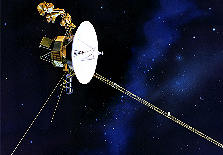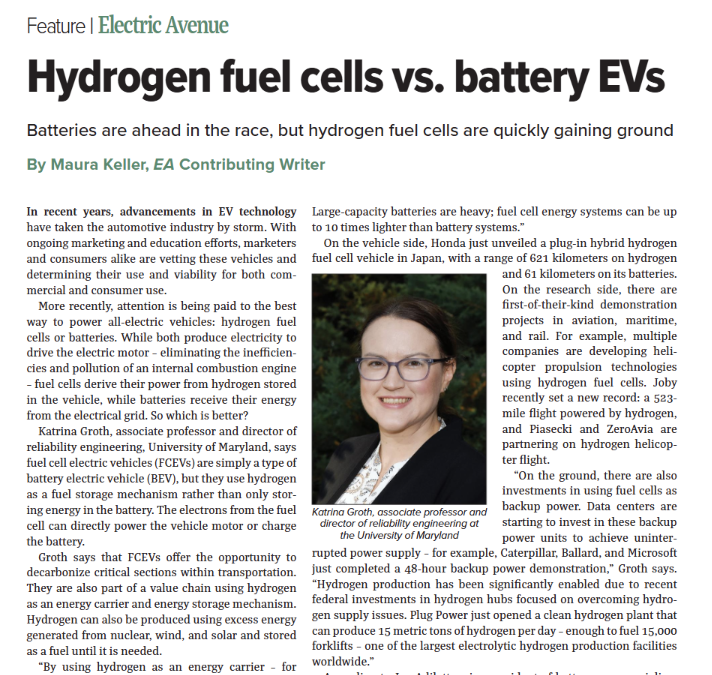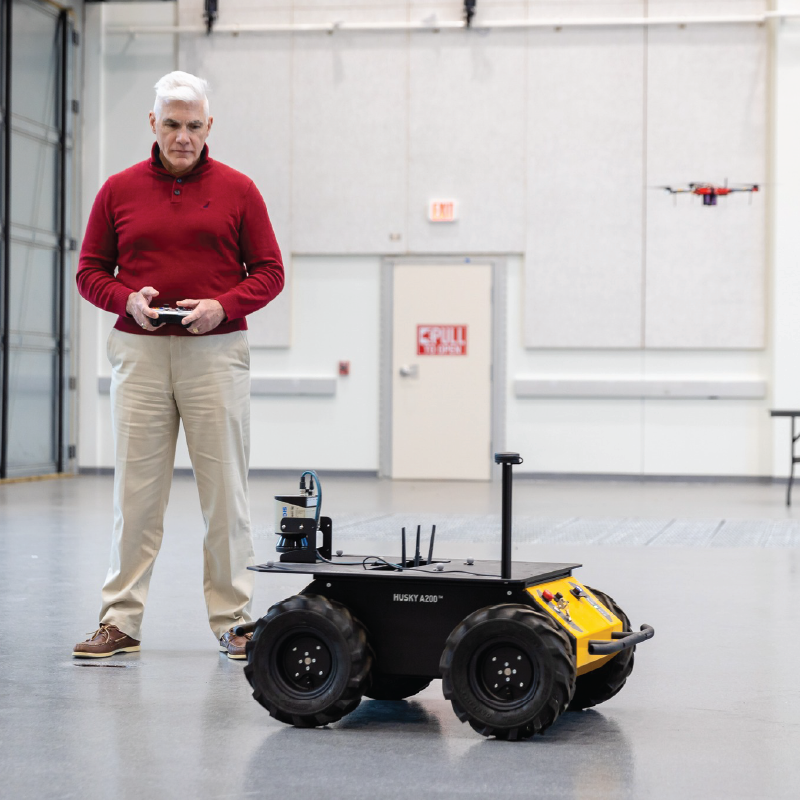News Story
NASA, We've Left the Solar System

COLLEGE PARK, Md. - Thirty-six years after scientists launched Voyager 1 in 1977, it appears the spacecraft has finally left the solar system.
"It's a somewhat controversial view, but we think Voyager has finally left the Solar System and is truly beginning its travels through the Milky Way," says Marc Swisdak (IREAP). Swisdak, along with fellow UMD faculty-member James F. Drake (Phys., IPST, IREAP) and Boston University professor Merav Opher, published a new paper last week in The Astrophysical Journal Letters. The paper describes a new model of the outer edge of the Solar System and asserts that Voyager 1 entered interstellar space just over a year ago.
NASA scientists disagree. In a press release, NASA scientist Ed Stone of the Califronia Instutute of Technolgy explained their position:
"Details of a new model have just been published that lead the scientists who created the model to argue that NASA's Voyager 1 spacecraft data can be consistent with entering interstellar space in 2012. In describing on a fine scale how magnetic field lines from the sun and magnetic field lines from interstellar space can connect to each other, they conclude Voyager 1 has been detecting the interstellar magnetic field since July 27, 2012. Their model would mean that the interstellar magnetic field direction is the same as that which originates from our sun.
Other models envision the interstellar magnetic field draped around our solar bubble and predict that the direction of the interstellar magnetic field is different from the solar magnetic field inside. By that interpretation, Voyager 1 would still be inside our solar bubble."
"It's a somewhat controversial view, but we think Voyager has finally left the Solar System and is truly beginning its travels through the Milky Way."
Dr. Marc Swisdak, IREAP (UMD)
Barbara Brawn-Cinani of the University of Maryland College of Mathematical and Natural Sciences writes of the controversy, "At issue is what the boundary-crossing should look like to Earth-bound observers 11 billion miles (18 billion kilometers) away. The Sun's envelope, known as the heliosphere, is relatively well-understood as the region of space dominated by the magnetic field and charged particles emanating from our star. The heliopause transition zone is both of unknown structure and location. According to conventional wisdom, we'll know we've passed through this mysterious boundary when we stop seeing solar particles and start seeing galactic particles, and we also detect a change in the prevailing direction of the local magnetic field."
Last summer, however, NASA scientists reported dips in solar partical counts that corresponded to abrupt increases in galactic electrons. Unexpectedly, solar counts disappeared within a month and only galactic partical counts remained, but Voyager 1 observed no change in the direction of the magnetic field.
Swisdak, Drake, and Opher have developed a model in which the heliopause is porous and layered with complex magnetic structure. "Here," according to a press release by Brawn-Cinani, "magnetic reconnection produces a complex set of nested magnetic 'islands,' self-contained loops which spontaneously arise in a magnetic field due to a fundamental instability. Interstellar plasma can penetrate into the heliosphere along reconnected field lines, and galactic cosmic rays and solar particles mix vigorously.
Most interestingly, drops in solar particle counts and surges in galactic particle counts can occur across 'slopes' in the magnetic field, which emanate from reconnection sites, while the magnetic field direction itself remains unchanged. This model explains observed phenomena from last summer, and Swisdak and his colleagues suggest that Voyager 1 actually crossed the heliopause on July 27, 2012."
This work by Swisdak, Drake and Opher was supported by National Science Foundation (NSF) grant AGS-1202330 to the University of Maryland, and NSF grant ATM-0747654 and NASA grant NNX07AH20G to Boston University.
Published August 20, 2013









